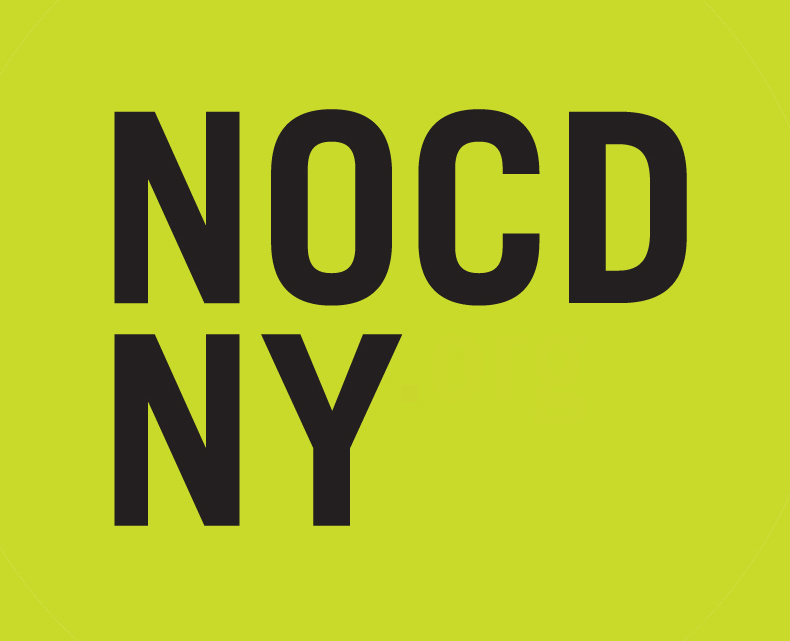Public Testimony: New York City's Cultural Sector and Derivative Small Businesses
On Friday, May 11, 2012, representatives of NOCD-NY testified in a hearing held jointly by the City Council’s Committees on Cultural Affairs and Small Business on the topic “New York City's Cultural Sector and Derivative Small Businesses.” We are grateful to Co-Chair Council Members Diana Reyna and Jimmy Van Bramer for holding this important hearing. NOCD members, supporters and lapel pins crowded the room! Below, you'll find a list of recommendations we presented about how the City can strengthen NOCDs and local cultural economies. We look forward to working with the City Council to help facilitate an inter-agency roundtable to further these recommendations.
1. Prioritize Equitable Distribution of Opportunities and Benefits Related to Cultural Economies
Formal recognition of NOCDs and cultural clusters to ensure access and participation in existing City programs (like BIDs, historic districts, industrial districts).
Provide equitable funding for community-based organizations, not limited by budget size or cultural hierarchies.
Develop funding criteria for excellence that recognizes diverse communities and cultures, with a broad definition of culture, and reflects the demographics of NYC.
Prioritize equitable development that is shaped by local stakeholders and benefits diverse community members; avoid development that negatively impacts local cultural vitality.
2. Support Cultural Incubators and Mission Driven Ownership
Establish incubator spaces for start-up creative industries; many of which are immigrant owned enterprises.
Stabilize current manufacturing areas by maintaining and strengthening industrial zoning. Review use of special zoning districts (i.e. manufacturing, theater sub-district).
Continue to provide funding for the development of affordable manufacturing space for businesses and creative industries displaced by legal and illegal conversions of traditional manufacturing stock.
Support tax credit proposals for private landlords to rent to nonprofit cultural groups.
Provide low-cost financing to mission driven landlords, including nonprofits and creative industry leadership to establish or stabilize flexible creative workspaces.
3. Reduce City Bureaucracy & Burdensome Regulations
Ease and clarify Street Activity Permitting Office guidelines so they don’t punish smaller community events in their efforts to eliminate big commercial festivals.
Develop more programs like the NYC Business Express (NBAT), which helps small food businesses navigate the permitting process to open quickly.
Streamline Dept of Transportation guidelines to help guide community based efforts to improve streetscapes, operate temporary or permanent kiosks, and manage public plazas.
Provide management and financial support, possibly through a maintenance endowment to community organizations managing public plazas.
Initiate creative solutions to minimize or eliminate physical/infrastructure barriers to community building and open space (i.e. BQE decking campaigns).
Enforce multilingual access to Parks department procedures and revisit Parks Rules of Use to enable more diverse cultural expression (in particular, rules concerning music and food).
Support and enforce the rights of creative street vendors and artists.
4. Provide Access to Public Spaces
Review City-owned property for opportunities to use and share space creatively during non-primary use hours (i.e. libraries, recreation centers, schools, warehouse, piers, garages, empty pools, senior centers).
Create more opportunities to establish ongoing workspaces in city-owned property through long-term leases, nonprofit partnerships, and RFPs.
Maximize opportunities for temporary public art on public land by creating a unified public art program with clear guidelines & expectations, easy access points, and small grants.
Facilitate community-based cultural projects in public spaces for other agencies, like DOT and Parks.
5. Use Public Resources to Equitably Support Neighborhood Based Culture
Champion and promote neighborhood cultural vitality citywide using existing promotional tools, ranging from free street banner program to improved NYC & Co relations (i.e. reduction of fees for small culturals, borough specific campaigns, web promotion, visitor centers).
Work with MTA to include more local cultural resources and creative districts on the neighborhood maps in the subway stations and promotional campaigns.
Launch a marketing campaign to promote the City’s creative manufacturing sector, including all aspects of development and production (designer and fabricator) and art & culture that originates in NYC and moves across the globe (theater, music, publishing, art).
Increase cultural funding to 1% of the city budget.
Facilitate cross agency funding partnerships, like between SBS & DCA.
Protect Summer Youth Employment funding.
6. Include Cultural Leaders in Decision-Making
Convene an interagency stakeholders roundtable, with a focused agenda and clear milestones, to create a blueprint for support for neighborhood-based cultural clusters and networks.
Establish knowledgeable cultural liaisons at City Councilmember offices with the role taken either by senior Councilmember staffer, a member of the local cultural community, or both.
Support cultural committees on community boards.
Our recomendations were underscored by the experiences of NOCD-NY working group members, whose testimonies are linked to their names below.
NOCD-NY Co-Director Caron Atlas
Independent Consultant Michael Hickey
Urban Bush Women Director of Education and Community Engagement Maria Bauman
El Puente Green Light District Assistant Director Anusha Venkataraman
Downtown Art Artistic Director Ryan Gilliam
THE POINT Community Development Corporation Executive Director Kellie Terry-Sepulveda
Greenpoint Manufacturing and Design Center Senior Project Manager Cassandra Smith
Queens Museum of Art Director of External Affairs David Strauss
Council on the Arts and Humanities for Staten Island (COAHSI) Executive Director Melanie Franklin Cohn
Fourth Arts Block Executive Director and NOCD-NY Co-Director Tamara Greenfield
Artist and Consultant Betsy Imershein
and additional contribution by:
ArtHome Program Associate Michelle Proffit
